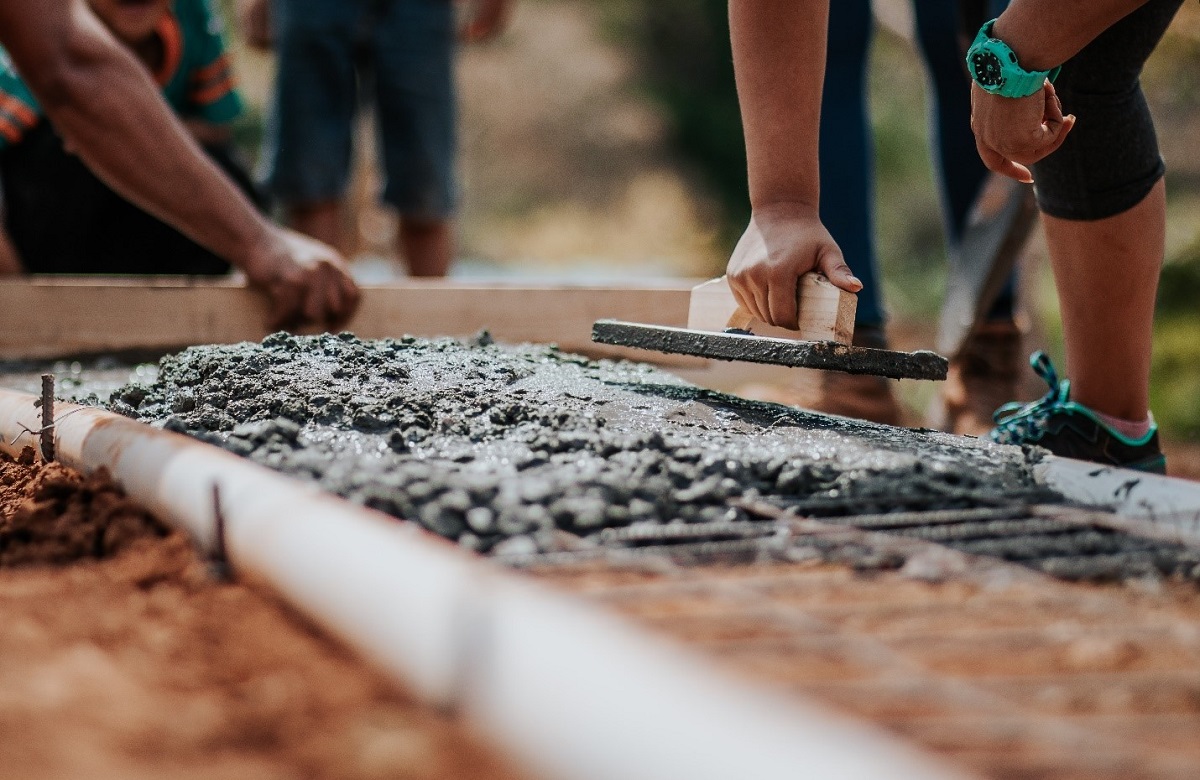
What Is Concrete Setting and How Can You Test It
Are you wondering what is concrete setting? As per ASTM C125 – 20, concrete setting is the process that leads to a gradual development of rigidity in a cement-like mixture. This process results from the chemical reactions that occur when you add and mix water with concrete.
Understanding how the concrete setting process works can help prevent problems such as dusting, grazing, scaling, and surface integration. Properly setting concrete can also make it more permeable and increase its service life and durability.
Read on as we take a closer look at how concrete setting works, why it is important, and how you can test it.
How Does Concrete Setting Work?
As mentioned earlier, concrete setting is a process in which you mix water with concrete and initiate a reaction that allows the mixture to assume more rigidity. The concrete essentially undergoes hydration at this point, and the major compounds found within cement form a chemical bond with water molecules.
The process causes the concrete to harden and become sufficiently durable for use. The setting period here starts when you first place the concrete, and it goes on until the concrete has developed the properties you require.
You will need to maintain a humidity of over 80% during the concrete setting process. The temperature should also be more than 50°F or 10°C for a period of three to fourteen days. You can test these conditions via a concrete setting sensor.
Why Is Concrete Setting Important?
As mentioned earlier, properly setting concrete plays a vital role in determining the strength, permeability, and volume stability of the concrete. It also impacts the concrete’s propensity to crack and its ability to resist abrasion, freezing, thawing, and de-icing chemicals.
What Factors Can Impact Concrete Setting?
There are several factors that can disrupt the concrete setting process. Among these, weather conditions tend to have the most significant impact on concrete setting. As most engineers, construction workers, and contractors would be aware, it’s important to have a plan in place that lets you adapt to various weather conditions to construct a sound concrete structure.
If you are confronted with extreme weather conditions, it is imperative that you keep an eye on the concrete’s temperature to ensure its structural integrity remains intact. Let’s take a look at how this impact differs in cold and hot weather:
What Happens to the Concrete Setting Process in Cold Weather?
Cold weather can slow down concrete setting significantly. It can also stop it altogether if the temperature falls below a certain point. To the uninitiated, cold weather is typically defined as 3 or more consecutive days where:
- The outdoor temperature is below 40°F
- The air temperature is below 50°F
Freezing temperatures can also have a detrimental impact on the concrete. In this case, exposing the concrete to freezing temperatures while it sets can cause the water in the mixture to freeze. The concrete can crack, which can compromise the structure’s durability and useful life.
What Happens to the Concrete Setting Process in Hot Weather?
Hot weather can also present several risks that impact concrete setting. In this case, high temperatures can cause the water mixed with the concrete to evaporate. As a result, the concrete can solidify more quickly. This phenomenon is known as higher early strengths, and it can reduce the long-term durability of the structure. The structural integrity of the concrete is also questionable here, and it can crack.
What Happens to the Concrete Setting If You Are Using a Mix Design?
A mix design has various elements that can impact the setting process. It is usually composed of the following:
- Cement
- Fine aggregates
- Coarse aggregates
- Water
- Air
- Admixtures
You will need to optimize your concrete setting here to make sure it sets properly. There are various things you can do here. For starters, we recommend using larger coarse aggregates. These are more economical. They also reduce the amount of cement per unit of volume. It’s important not to overdo this, though. Using coarse aggregates that are too large may compromise the mix’s workability.
Besides this, you can also maintain low water to cement ratio. This can greatly enhance the strength and durability of concrete, but it can still reduce its workability.
If you are using a concrete mix design, and are worried about the impact of de-icing or freezing salts on the concrete structure, then we recommend increasing air content. This will allow the water molecules to expand in size in the entrapped air after it freezes and can improve the overall durability of the concrete.
We also recommend replacing some of the cement with other more economical and eco-friendly options. These include slag, silica fumes, and fly ash. Adding these materials can reduce the speed of the setting process and make the concrete stronger, more durable, more permeable, and more.
How Can You Test Your Concrete Setting?
Monitoring and testing concrete setting play a vital role in ensuring your construction project goes smoothly. There are several ways you can do this. These include:
Measuring Concrete Quality and Maturity
You can utilize predictive analytics and monitor temperature and humidity in real-time to ensure the concrete is sufficiently durable and is setting properly. The SolidSense app is very useful in this regard. It is a cloud-based application that allows a user to monitor concrete properties from a smartphone, a tablet, or a PC. You can use it to collect data and access customizable metrics.
Using Wireless Sensors
You can also utilize wireless sensor solutions by SolidSense to measure the humidity and temperature of the concrete in a cost-effective manner.
Wrapping It Up

Optimising the concrete setting process can increase the service life of your structures and add to their structural integrity. From temperature and humidity to using the right mix design, there’s a lot you need to keep an eye on to ensure that process is carried out in a smooth manner.
SolidSense offers state-of-the-art tools testing concrete setting. We can help you overcome potential obstacles that interfere with this process and allow the concrete to set properly. Get in touch with us today to learn more.

Add comments: